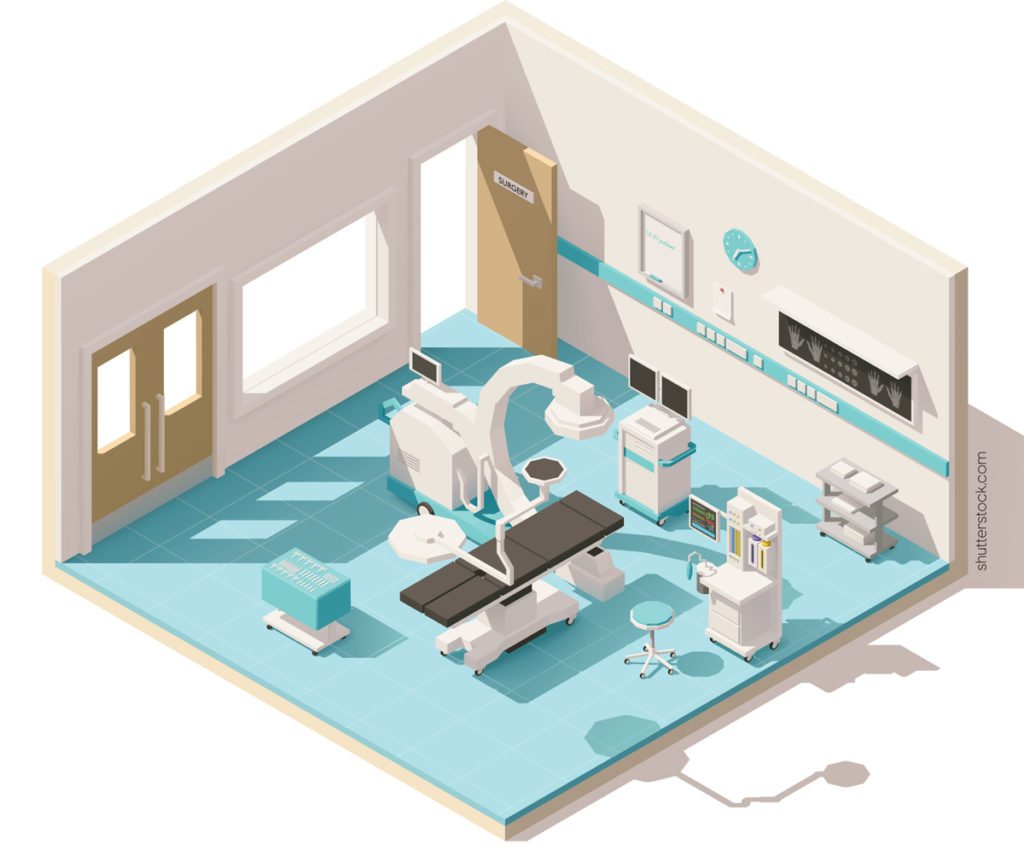The foundation of quality medical care is science. The new techniques, devices, and tools that we market and sell emerge from the data and research of the scientific community. The healthcare environment is increasingly complex with greater emphasis being placed on outcomes, quality, and cost-benefit analyses. That means that today, more than ever, it is essential to analyze the data that supports your product and to use this to sell. Marketing and sales must understand this science and clearly articulate the message, all within the confines of a strict regulatory and medico-legal environment.
The first and perhaps most obvious step to successfully selling on science is to ensure that your product has science behind it. Ideally, during the product development phase a plan is implemented to conduct studies and gather data. This data may be pre-clinical animal studies, post-operative outcomes, more robust prospective studies, or some combination of these—the choice will depend on the product or technique. The key is that medical device companies begin thinking about how they will demonstrate effectiveness early in the product conception phase.
Once you have the science, you must dig into the numbers. It is critical to understand the scientific findings and conclusions. Medical device companies are regulated by the FDA and must ensure that promotional materials and statements match the product labeling. This is an area that requires careful consideration. Off-label promotion is a big issue. If sales and marketing aren’t properly promoting the science, they run the risk of significant penalties.
To better understand the scientific findings and be able to promote the science to physicians, marketing and sales need to have a firm grasp of basic statistics and how to properly review and assess clinical research and outcomes studies. You need to ask yourself what the implications of the findings are, and what this means for your product. You need to keep in mind that statistical significance is not necessarily the same as clinical significance. And finally you need to assess whether the study showed a causal relationship. While this isn’t a comprehensive list, suffice it to say that it is critical to dig into and understand the details before using the science to help promote your product.
After completing the above steps, marketing can then prepare and equip the sales force to promote the science behind their products and techniques. For example, advertisements in journals, white papers, and publication reprints can all be used as promotional materials. A well-trained, well-equipped sales force is often the most effective means of communicating a marketing message. Training the sales force on the proper labeling and promotion of the science is crucial. The involvement of surgeon champions and key opinion leaders is another powerful way to help sell the science story peer-to-peer. Science can indeed be used to sell, with a message that transcends mere marketing spin to be factual and scientifically based.





